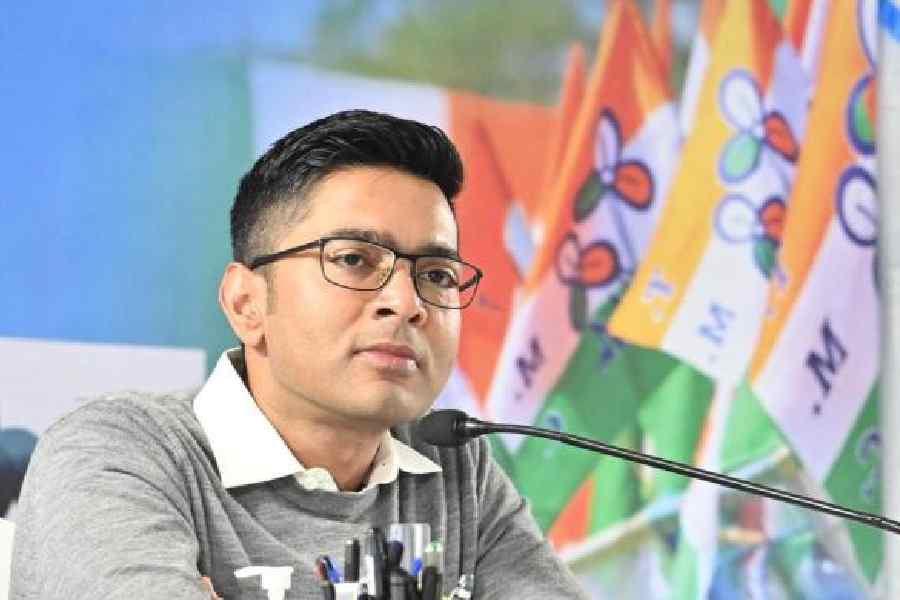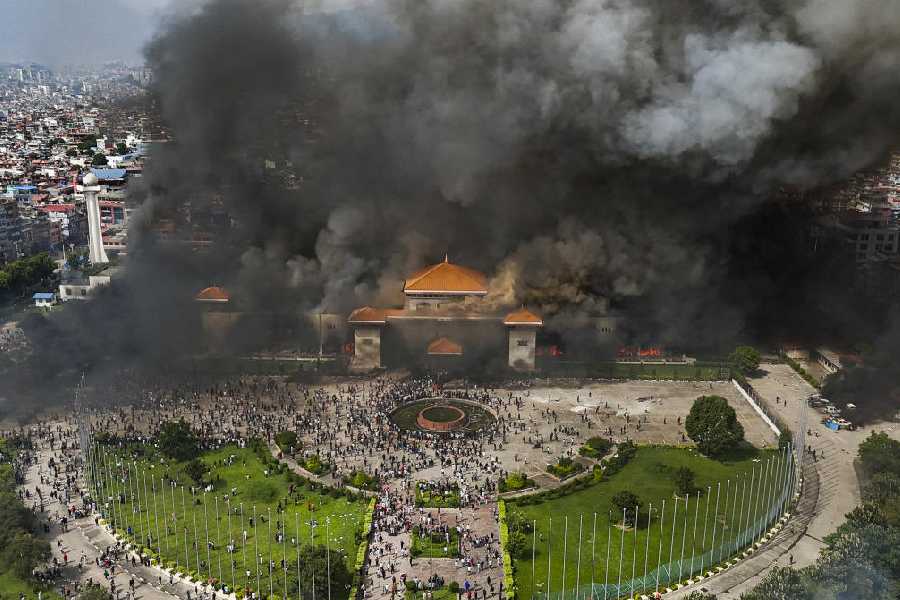 |
New Delhi, April 13: Like it or lump it, communist-ruled Bengal and BJP-run Gujarat are in the super league of top two states that received the highest investment since the economic reforms started in 1991.
Between August 1991 and end-2004, Narendra Modi?s Gujarat saw an investment of Rs 34,758 crore in 1,002 projects.
Bengal came second with 382 industrial ventures bringing in Rs 28,198 crore investments.
The figures compiled by the Planning Commission show the two states, run by parties with extreme and opposite ideologies, have gained the most from liberalisation.
?It just goes to prove that investors are not really bothered by political colours of rival states, they go on the basis of ground realities,? said S.P. Gupta, a former member of the Planning Commission.
The realities he mentions relate to political stability, economic opportunities by way of availability of raw material and market, red tape and labour cost.
The figures are actual investments and not promises, which are often publicised by chief ministers anxious to establish their states as ?happening places?.
Two states that have created a reputation as super investment destinations, Andhra Pradesh and Karnataka, stand way down at fifth and eighth places on the list.
Andhra, always in the headlines when N. Chandrababu Naidu was in power, has a conversion rate ? project proposal to actual investment ? of a mere 9.1 per cent.
Karnataka, home to India?s Silicon Valley, is only slightly better at 10 per cent.
?It just shows investors do not go by hype alone,? Gupta said.
Bengal, whose industrial development corporation?s former chief and current Lok Sabha Speaker Somnath Chatterjee earned the dubious sobriquet of MoU-da, converted 48 per cent of promises into real investments.
It must be mentioned though that the number of proposals was lower in Bengal than many of the other states.
Economists say Bengal has three key strengths: the first is skilled manpower available at a low cost.
Second, its fortunes changed as a destination for setting up metal-based industry after the Narasimha Rao government scrapped the freight equalisation policy under which coal and steel, two key raw materials, cost the same throughout the country. After its abolition, businesses have found it cheaper to set up shop close to the source of raw material.
Third, it is the right place to do business based on trade with Southeast and East Asia.
B.B. Bhattacharya, the director of the Institute of Economic Growth, a government- funded think tank, lists a fourth: ?It is the only state with genuine single-window clearance ? the CPM headquarters in Alimuddin Street decides everything and its ruling percolates down to the panchayat level.?
However, Bengal, where labour costs are among the lowest because of ?rampant unemployment?, has not created the number of jobs other states have.
While Gujarat generated 1.4 lakh jobs through new industrial units and Maharashtra 1.54 lakh, Bengal managed only 71,216.











